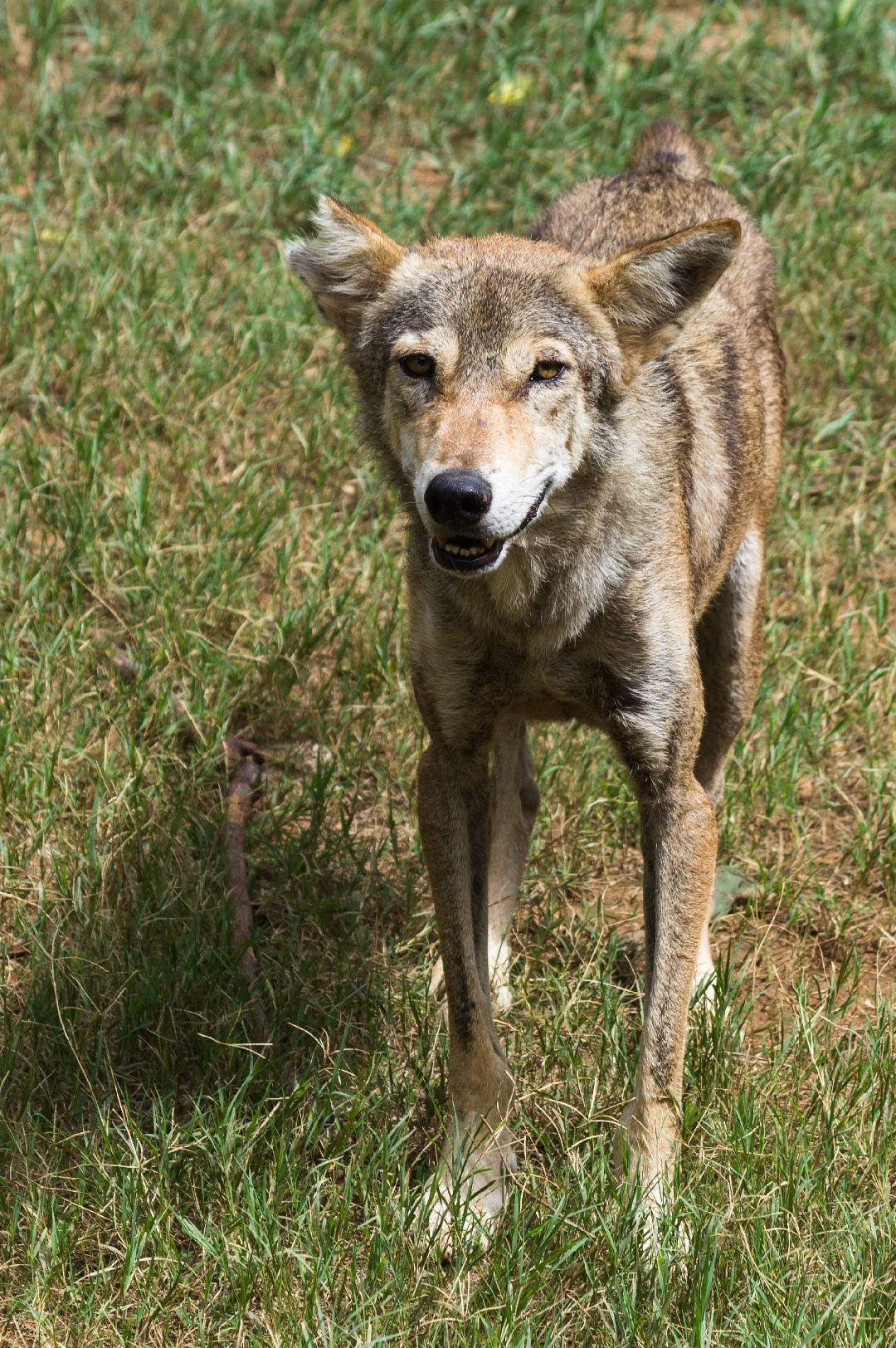Canis lupus pallipes
A species of Wolves jackals and allies Scientific name : Canis lupus pallipes Genus : Wolves jackals and allies
Canis lupus pallipes, A species of Wolves jackals and allies
Scientific name: Canis lupus pallipes
Genus: Wolves jackals and allies
Content
Description General Info
 , used under CC-BY-SA-4.0 /Cropped and compressed from original
, used under CC-BY-SA-4.0 /Cropped and compressed from original Description
The canis lupus pallipes exhibits an enduring adaptability to a variety of habitats, including scrublands and rocky terrains, embodying exceptional survival techniques. Renowned for its nocturnal activity, this canid uses teamwork and efficient communication within its packs to enhance hunting efficiency. Moreover, its preference for preying on the small to medium-sized ungulates, augments its essential role in the regulation of populations of these species, promoting biodiversity.
General Info
Lifespan
10-12 years
Diet
The primary food of canis lupus pallipes is wild ungulates, mostly chital and sambar. As opportunistic hunters, they also consume small mammals, birds, and reptiles. During scarcity, they resort to scavenging on carcasses.
Appearance
Canis lupus pallipes is a medium-sized canine, with a lean body format and a dense coat of fur. Distinguished by its predominant tawny-grey color, it bears a mixture of black and white hairs over its back and tail. The underparts are pale. Its significant features include erect ears, a bushy tail and a narrow, pointed muzzle. There are no marked differences in appearance due to age, gender, or subspecies.
Behavior
Canis lupus pallipes is a nocturnal and territorial species that mainly hunts medium-sized ungulates. It demonstrates pack-living behavior with a complex social structure formed around a dominant breeding pair. The packs occupy and defend large territories, using scent marking and vocalization. Their survival in arid and semi-desert habitats is due to their ability to thrive in low prey-density environments.